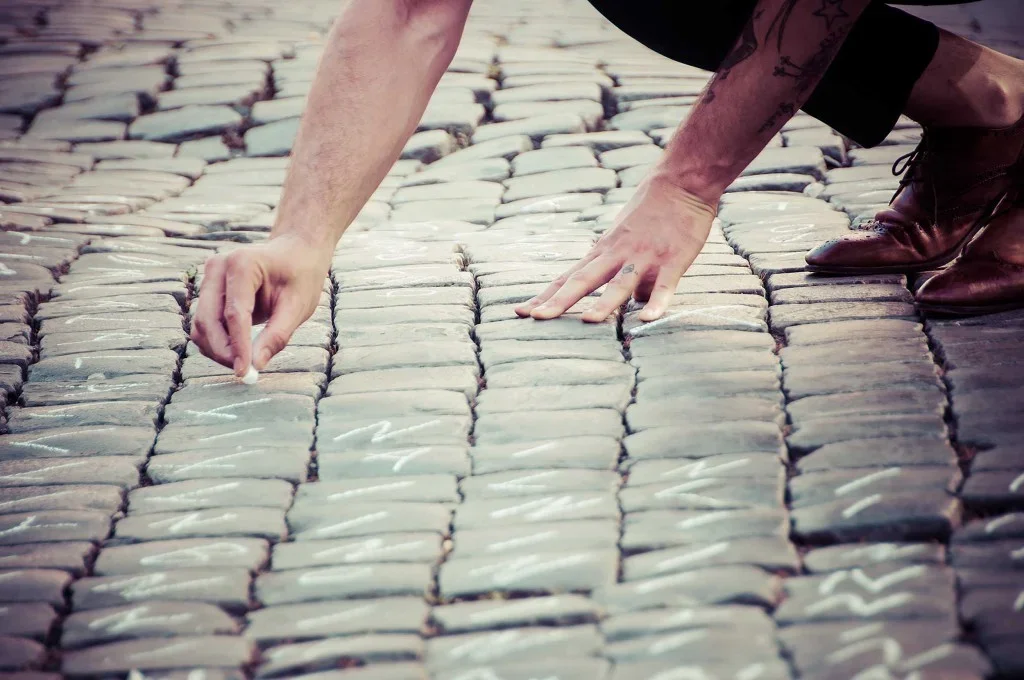
Happy Ending of Humanity

AT THE DAWN OF YET ANOTHER AGE OF ABSURDITY: COMPOSITION NO. 5

WRITING JUST ANOTHER LOVE LETTER TO MY CONSCIOUSNESS

The Lovest, revisited (2018)
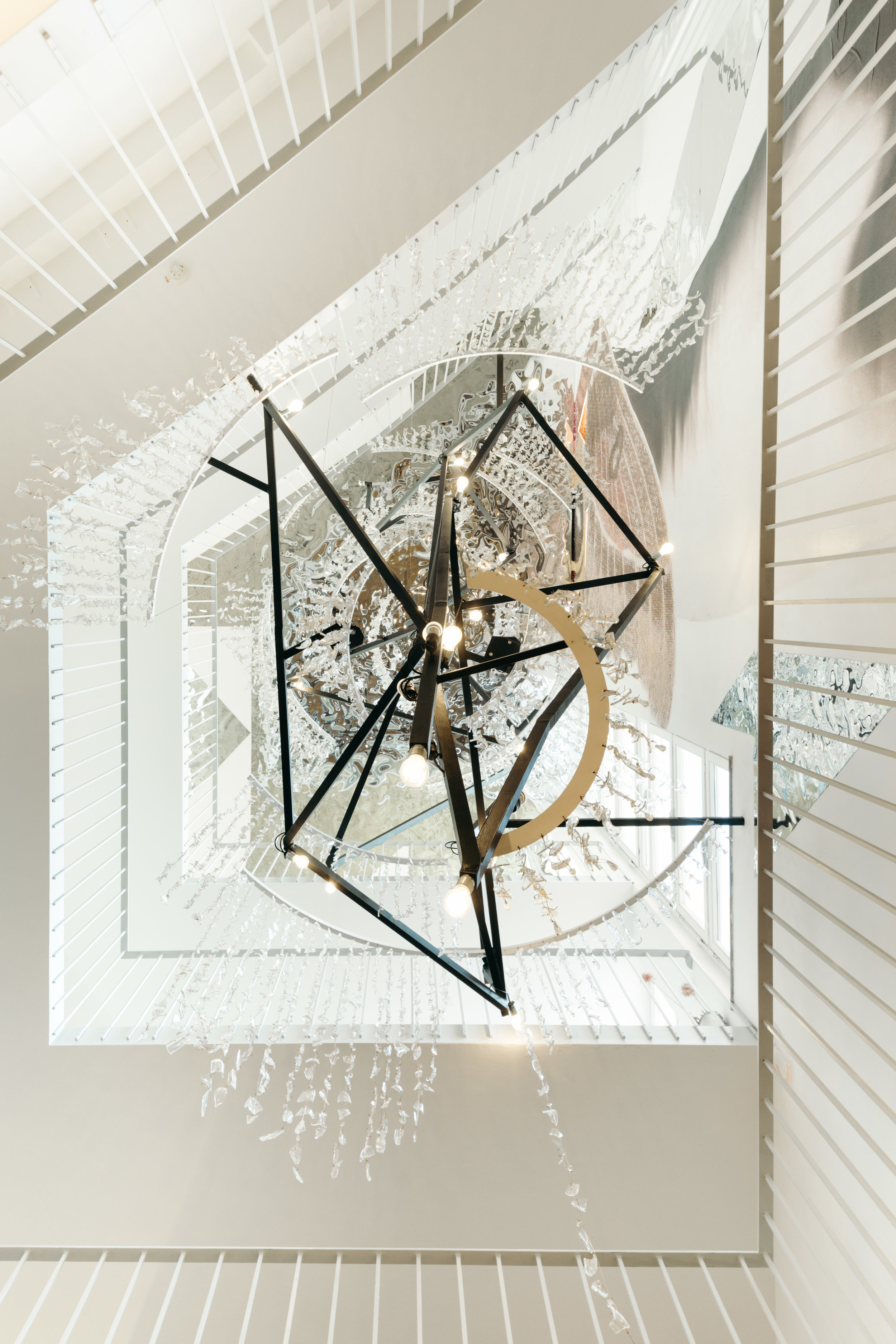
NO WHERE / NOW HERE
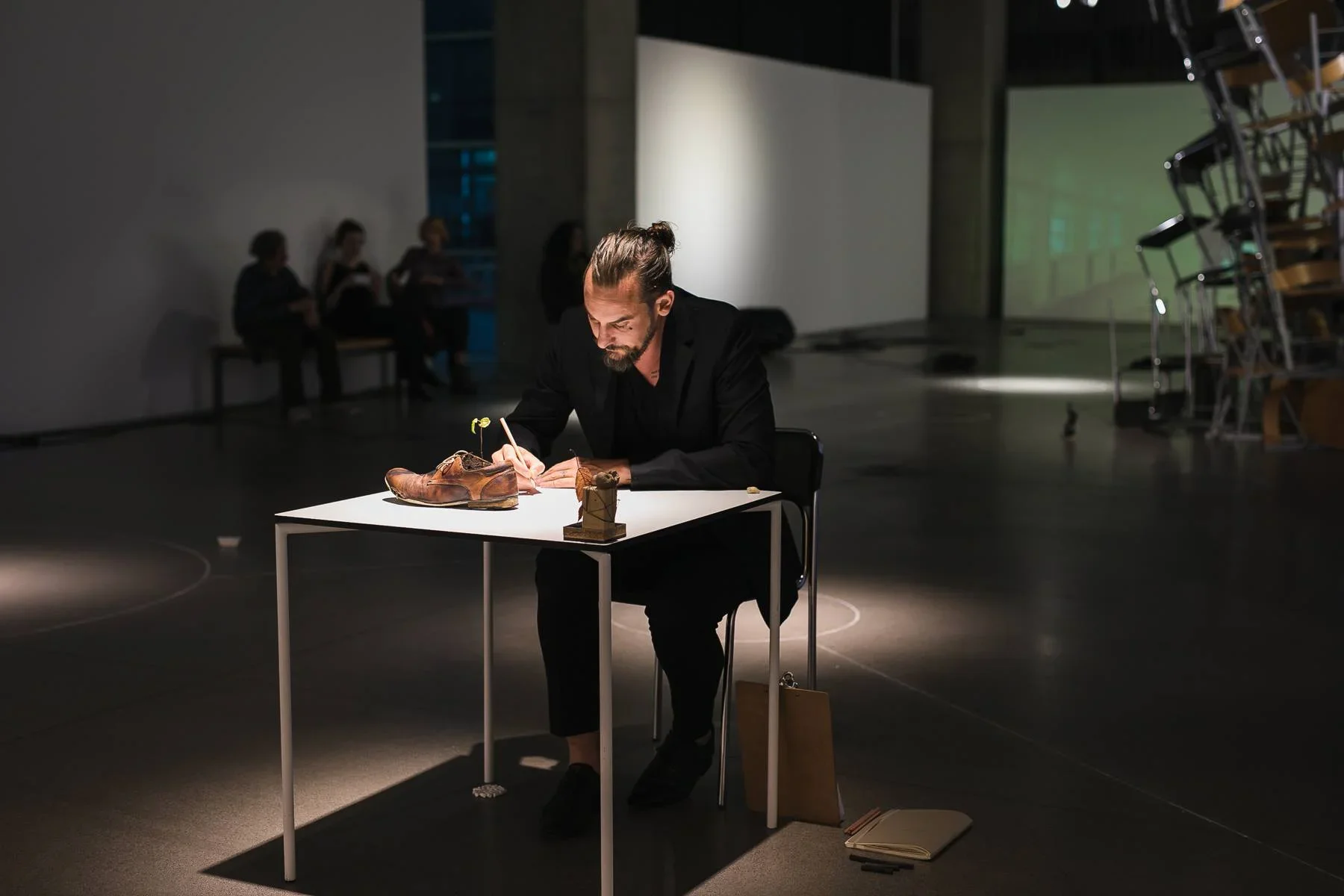
AT THE DAWN OF YET ANOTHER AGE OF ABSURDITY: COMPOSITION NO. 4

EL FUTURO ES NUESTRO
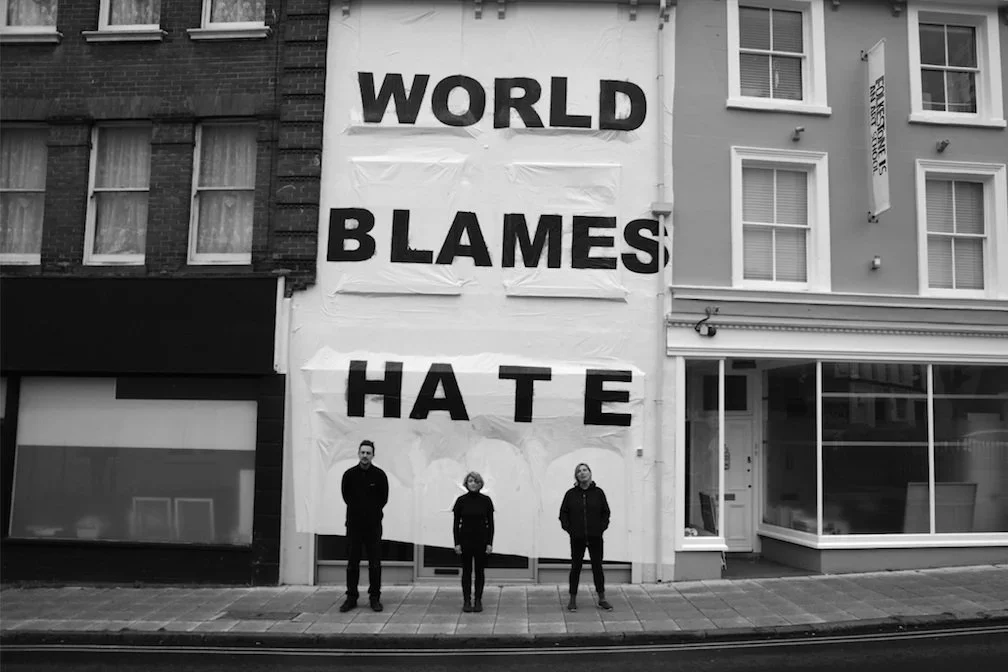
At the dawn of yet another age of absurdity: composition no. 2

THE LAST DANCE

SILENZIO_ETERNAL LOOPHOLES AND BRAIDED LINES

AT THE DAWN OF YET ANOTHER AGE OF ABSURDITY: COMPOSITION No. 1

LIMBO
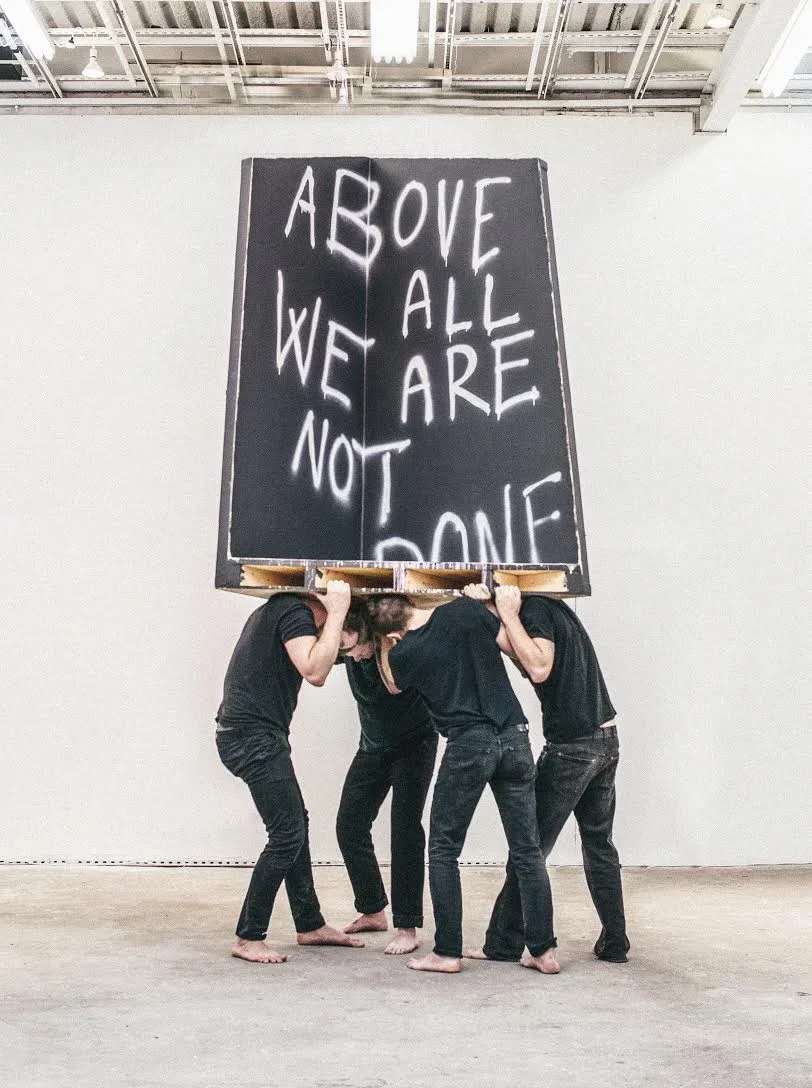
ABOVE ALL WE ARE NOT DONE

UNTITLED 2017

Art in slovenia 2005-2015 / chrises and new beginings

ULAY & JAŠA / CUTTING THROUGH THE CLOUDS OF MYTH

THE RELATIONS

UTTER / the violent necessity for the embodied presence of hope
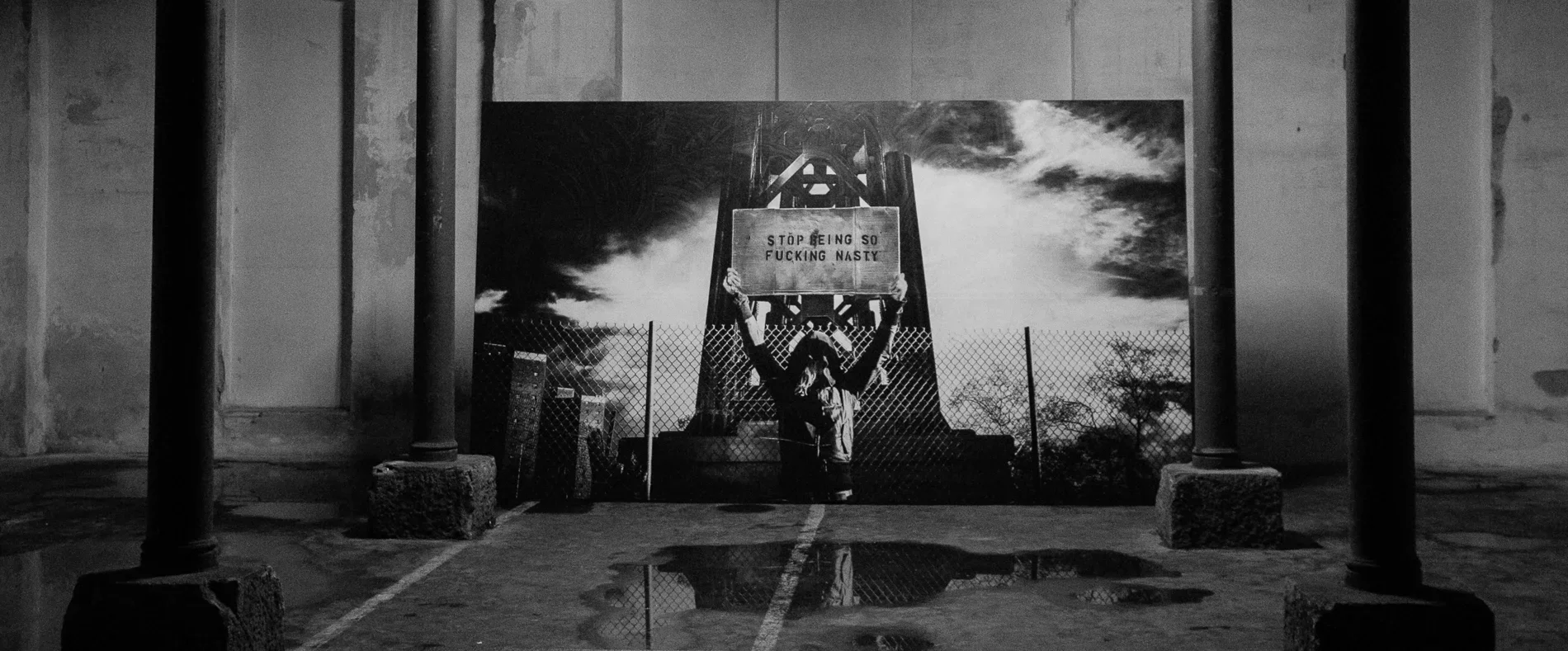
THIS IS NOT THE SEASON TO STAY SILENT
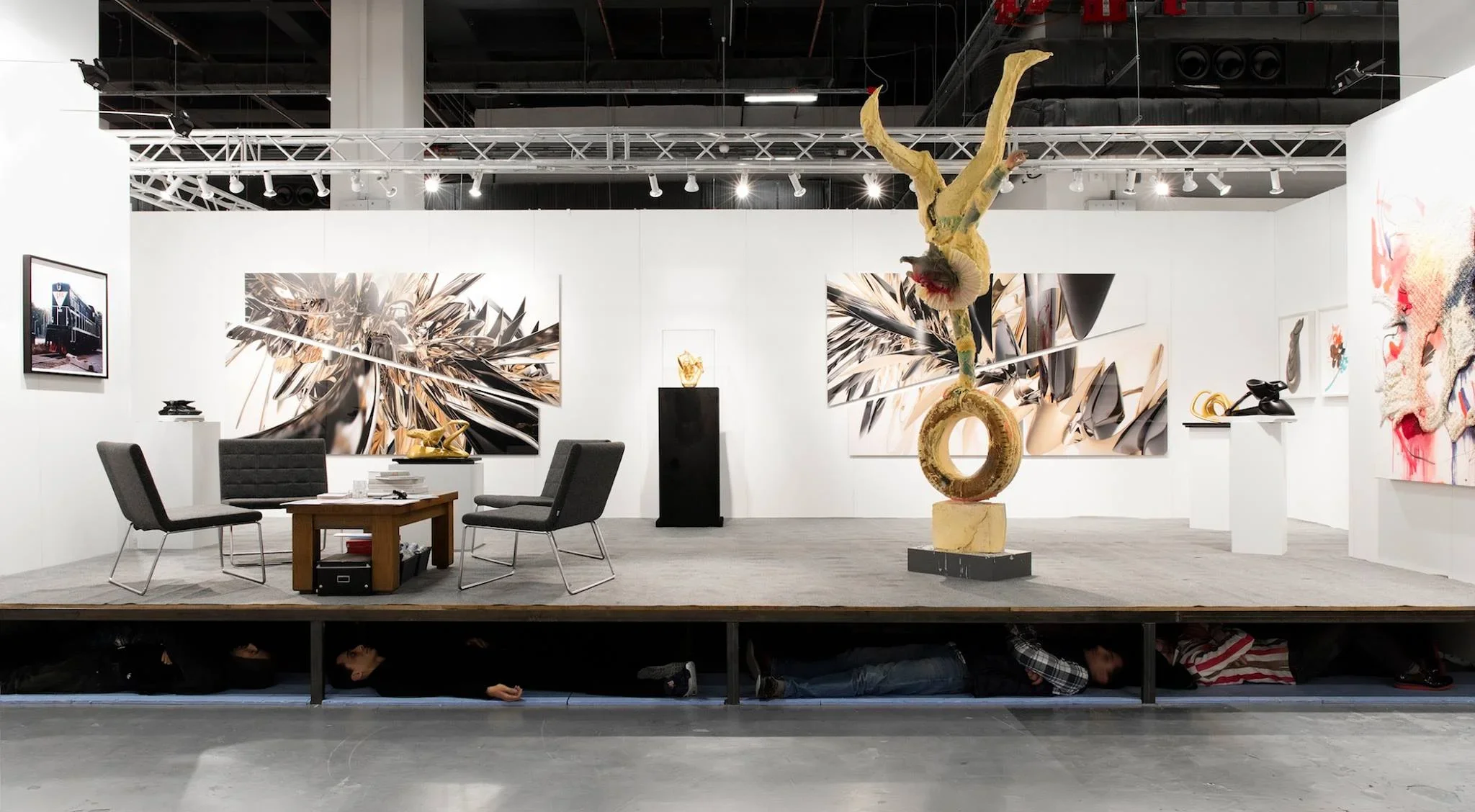
UNTITLED 2015
